We may earn money or products from the companies mentioned in this post. This means if you click on the link and purchase the item, I will receive a small commission at no extra cost to you ... you're just helping re-supply our family's travel fund.
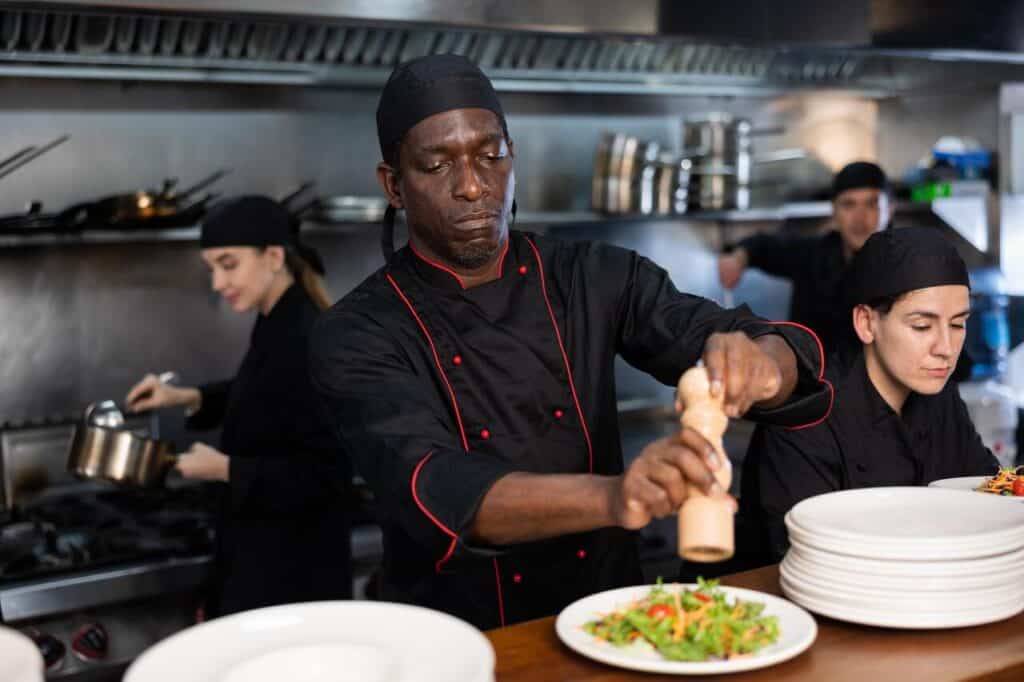
Across the United States, Black history is rooted in specific streets, churches, classrooms, and clubs where ordinary neighbors shaped extraordinary change. Museums and memorials give names to timelines, while music halls and markets keep traditions alive in the present tense. What emerges is a map of persistence and invention, from coastal ports to river towns and factory cities. Travel slows down in these places. Voices rise from exhibits and porches, and memory becomes easier to hold because the ground itself is doing the teaching.
Washington, D.C.
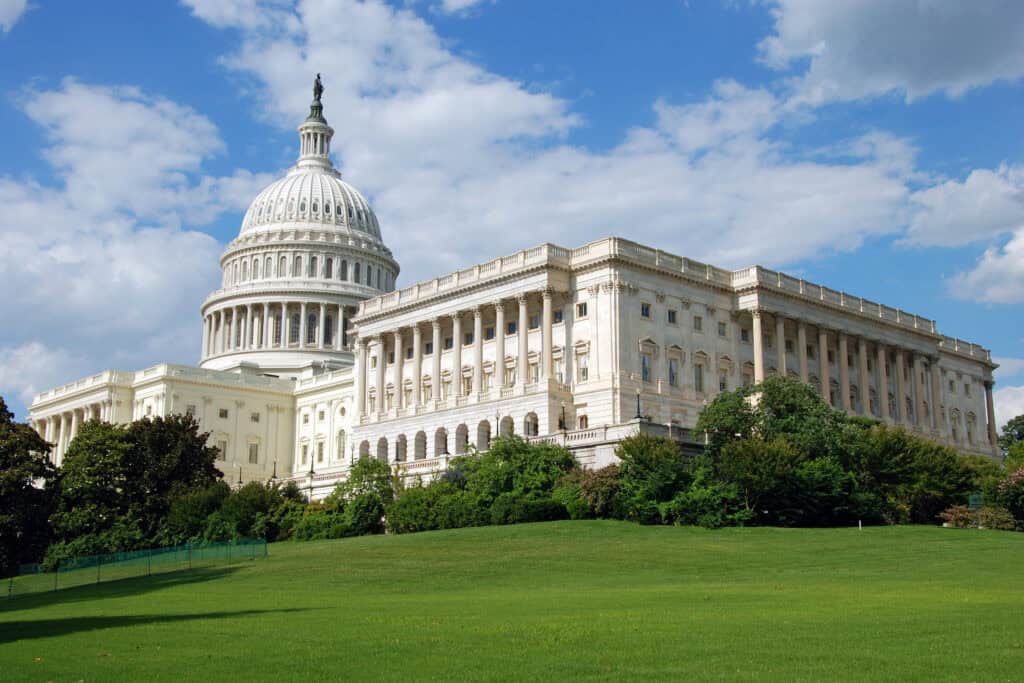
The National Museum of African American History and Culture layers slavery, Reconstruction, and the Great Migration with galleries that unfold like a spiral timeline. Nearby, the Frederick Douglass home faces the Anacostia with a view that frames his long fight for dignity. Ben’s Chili Bowl and U Street music lore tie activism to everyday joy, and Howard’s Yard echoes with debates that still matter. The city rewards unhurried walks, careful reading, and a pause beside the reflecting pool at dusk.
Montgomery, Alabama
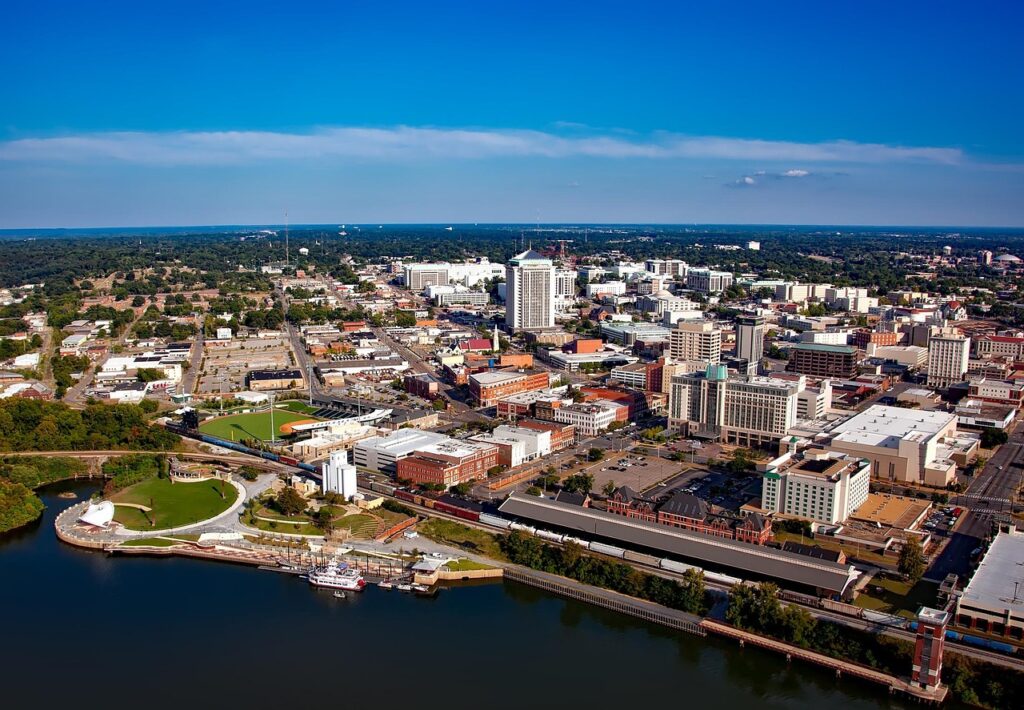
Montgomery asks visitors to sit with hard truths, then points toward repair. The Legacy Museum connects enslavement to mass incarceration through documents, testimonies, and art that refuses to look away. A short walk leads to the National Memorial for Peace and Justice, where suspended steel markers name lynching victims by county, and wind carries the sound of footsteps. Downtown bus stops and church steps recall the boycott that reshaped the nation, linking law to courage in everyday clothes.
Charleston, South Carolina
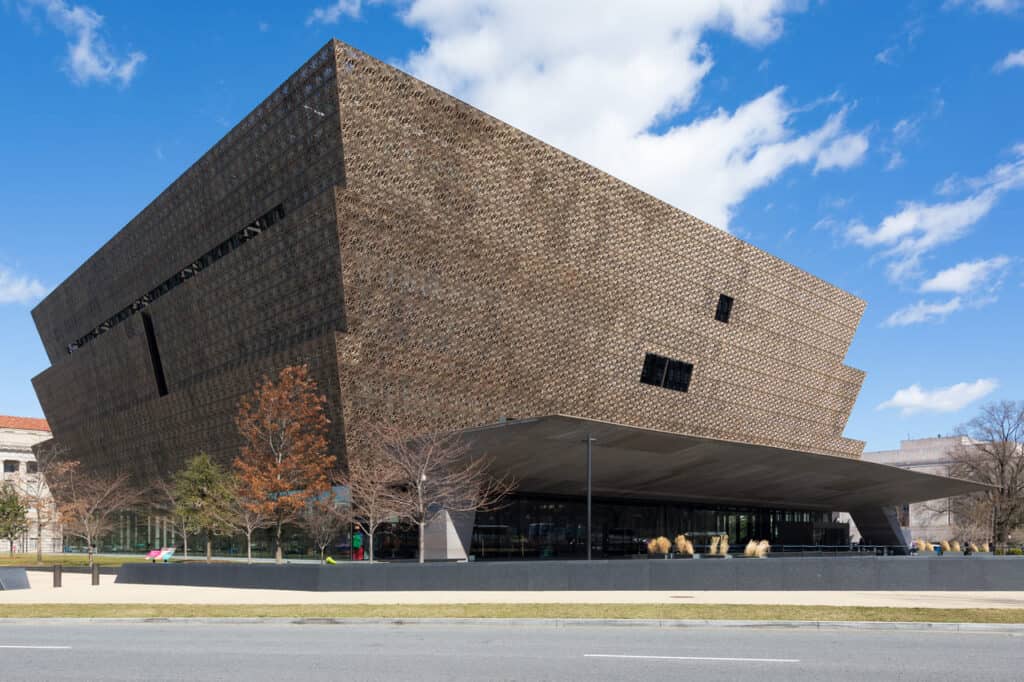
Charleston’s story begins at the waterfront, where the International African American Museum traces routes from West Africa to the Lowcountry and follows Gullah Geechee endurance across centuries. Praise houses, sweetgrass baskets, and rice history fill out a culture that bent hardship into art and flavor. Mother Emanuel’s pews hold grief and grace, while neighborhoods like Cannonborough reveal modern Black entrepreneurship. The city’s beauty complicates rather than hides the past, inviting slow conversation along tidal light.
New Orleans, Louisiana
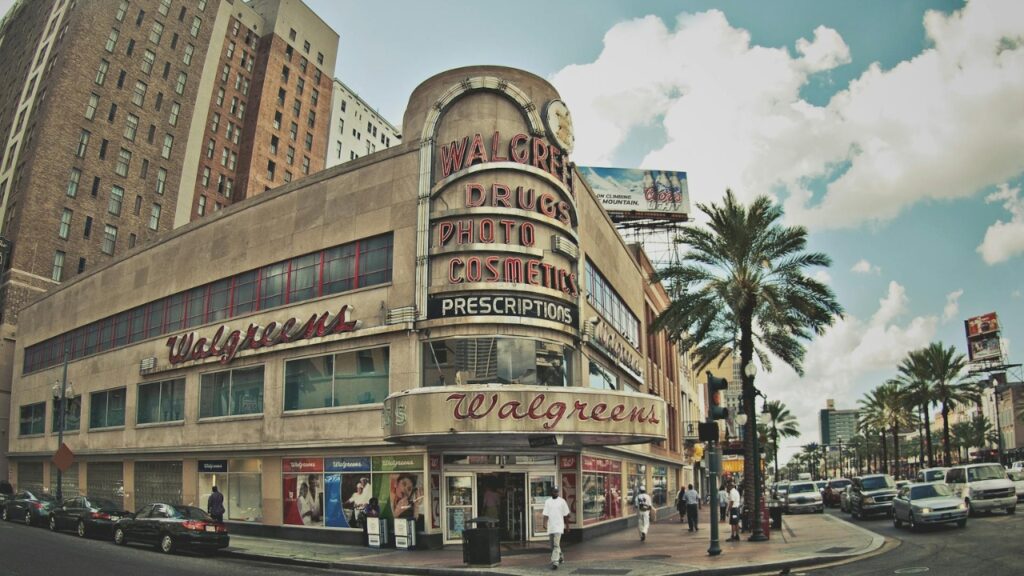
In Tremé, the Backstreet Cultural Museum preserves second line traditions, Mardi Gras Indian suits, and the quiet labor behind parades that look effortless. Congo Square roots rhythm and commerce in a public space where drums once carried coded messages. Creole cottages, po-boy counters, and brass rehearsals fold history into daily sound. The city’s lesson is synthesis: church hymns and street beats, mourning and laughter, gumbo that tastes like migration. Every corner offers proof that culture is a living verb.
Memphis, Tennessee
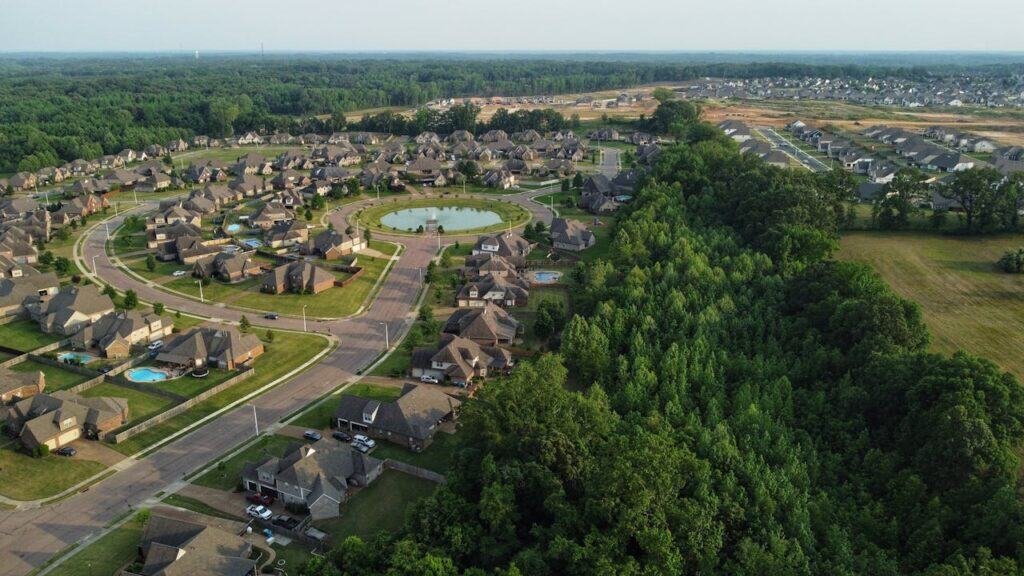
The Lorraine Motel anchors the National Civil Rights Museum, where rooms and film loops frame the long arc from sit-ins to the final balcony. Beale Street, Stax, and small churches round out a city that turned struggle into song, then shared it with the world. Barbecue pits, used bookstores, and murals soften the solemnity without trivializing it. Memphis makes connections feel personal, inviting reflection in the spaces between exhibits, lyrics, and the Mississippi’s slow push south.
Tulsa, Oklahoma
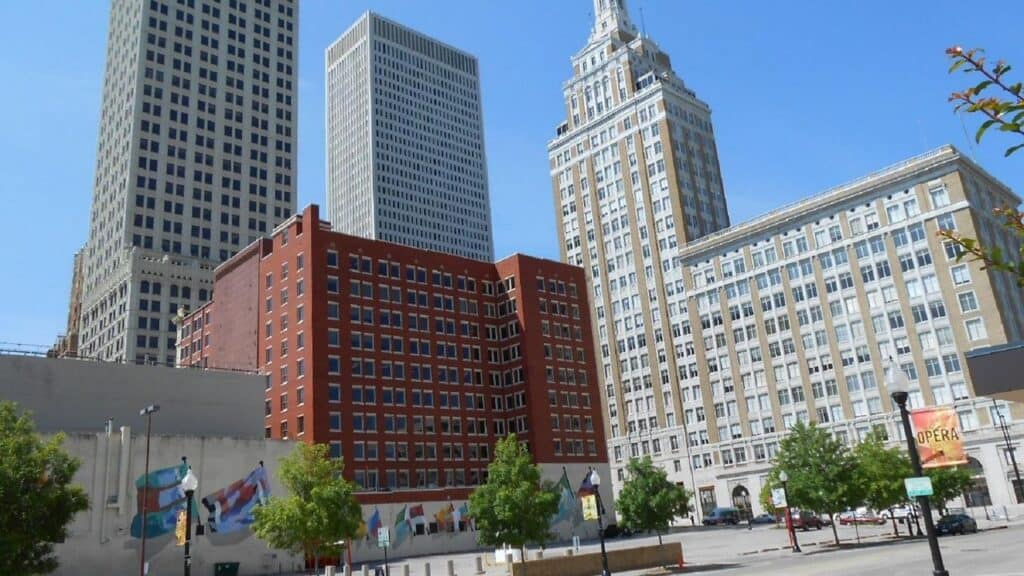
Greenwood Rising tells the story of Black Wall Street with business ledgers, photographs, and survivor testimony that refuse to let the 1921 massacre vanish into footnotes. Outside, the streets fill with new shops, cafés, and guided walks that balance grief with rebuilding. Murals layer resilience across brick walls where smoke once hung. Greenwood feels like a classroom taught by neighbors, a district where the future is sketched in public and history is named so it cannot be erased.
Selma, Alabama
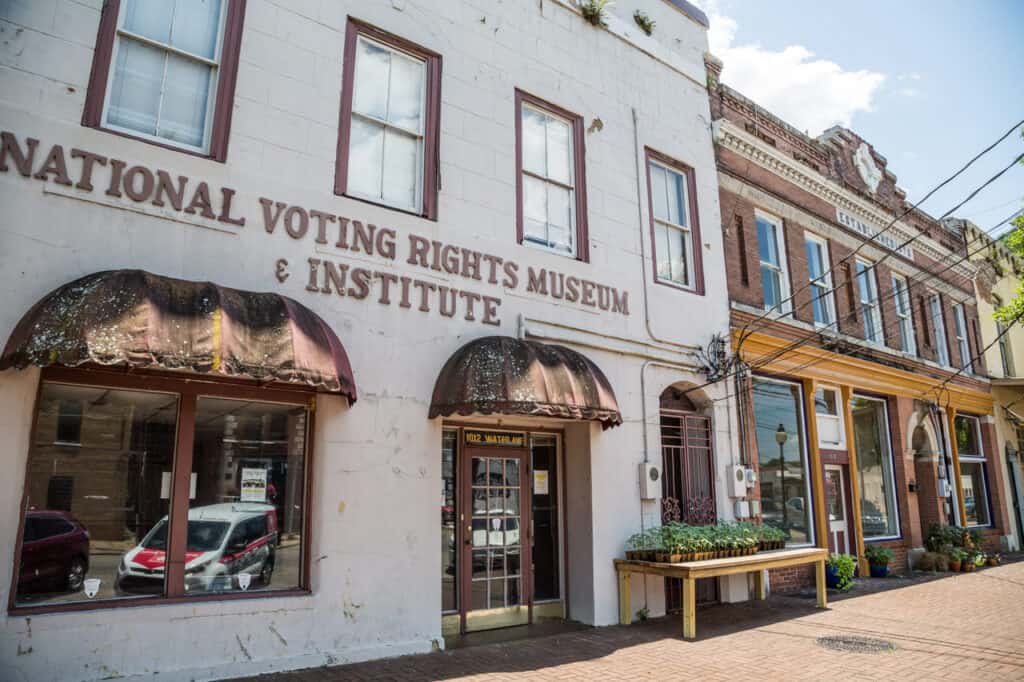
The Edmund Pettus Bridge is a lesson in movement, both physical and political. Footsteps across its arc recall Bloody Sunday, then lead to museums that explain organizing as logistics, courage, and paperwork. Brown Chapel AME stands as a meeting room for strategy and song. The power here lies in scale: short blocks where ordinary people changed national law, a downtown where pastors, teachers, and teenagers made a plan and held the line.
Harlem, New York
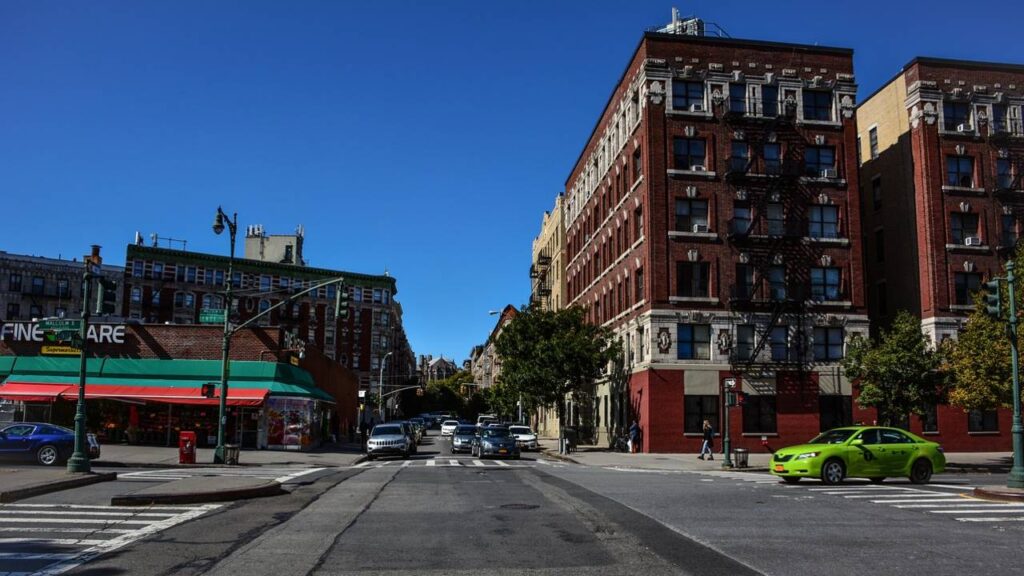
Harlem’s Renaissance still hums in bookstores, jazz clubs, and brownstone stoops where neighbors trade news. The Apollo Theater’s marquee names a century of performers who shaped global taste, while the Studio Museum foregrounds contemporary voices with the same confidence. Sylvia’s kitchen, Abyssinian Baptist’s sanctuary, and Schomburg’s stacks fold food, faith, and research into one walkable grid. Harlem’s message is abundance. Art, politics, and fashion build on each other, turning a neighborhood into a worldwide reference.
Detroit, Michigan
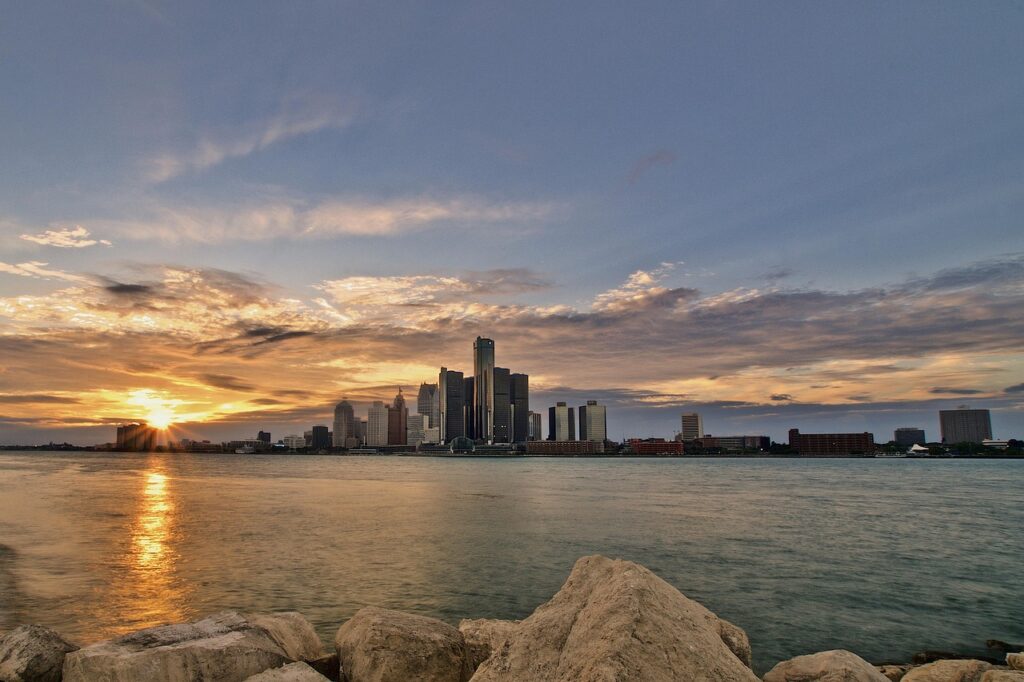
Hitsville U.S.A. fits world-changing music inside a modest house, reminding visitors that genius can start on a block with tidy lawns. The Charles H. Wright Museum scales up the narrative with galleries that move from Atlantic crossings to modern art. Black Bottom and Paradise Valley live on in photographs and new venues, while Eastern Market mornings show how commerce feeds culture. Detroit teaches reinvention with clear eyes, pairing Motown harmonies with union stories and design studios.
Savannah, Georgia
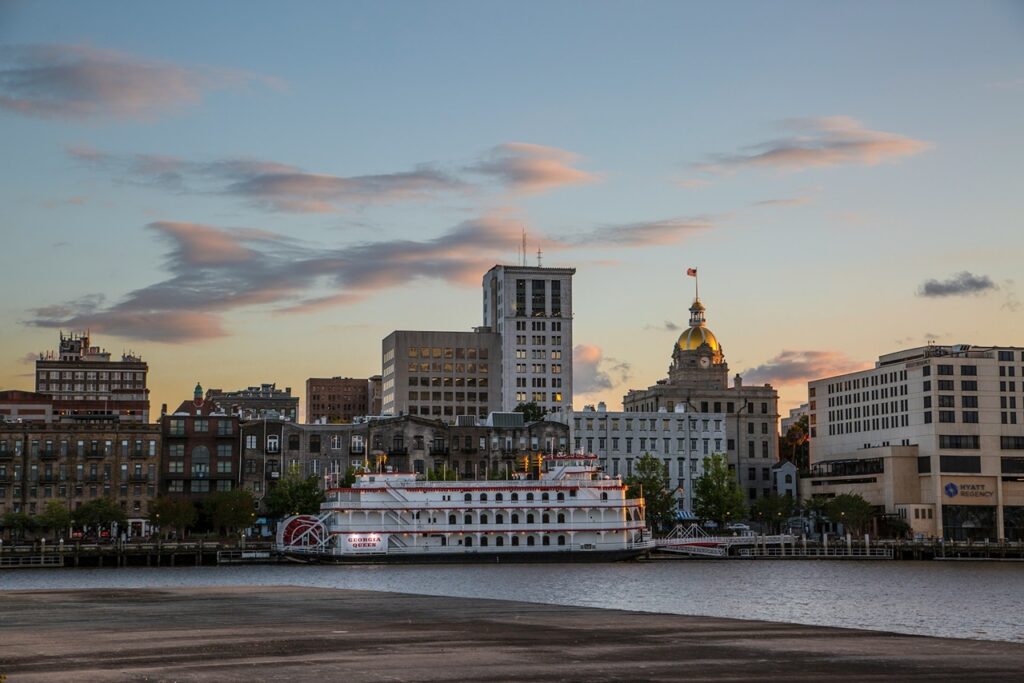
First African Baptist Church hides an Underground Railroad history in plain sight, from diamond-cut ventilation holes to pew carvings that speak across centuries. The Ralph Mark Gilbert museum threads Savannah’s civil rights timeline through lunch counters and local papers. Nearby, the Pin Point Heritage Museum honors Gullah Geechee families who worked the marsh and kept language and craft intact. Live oaks and squares frame a gentler pace, giving space for reading, listening, and gratitude.
St. Augustine, Florida
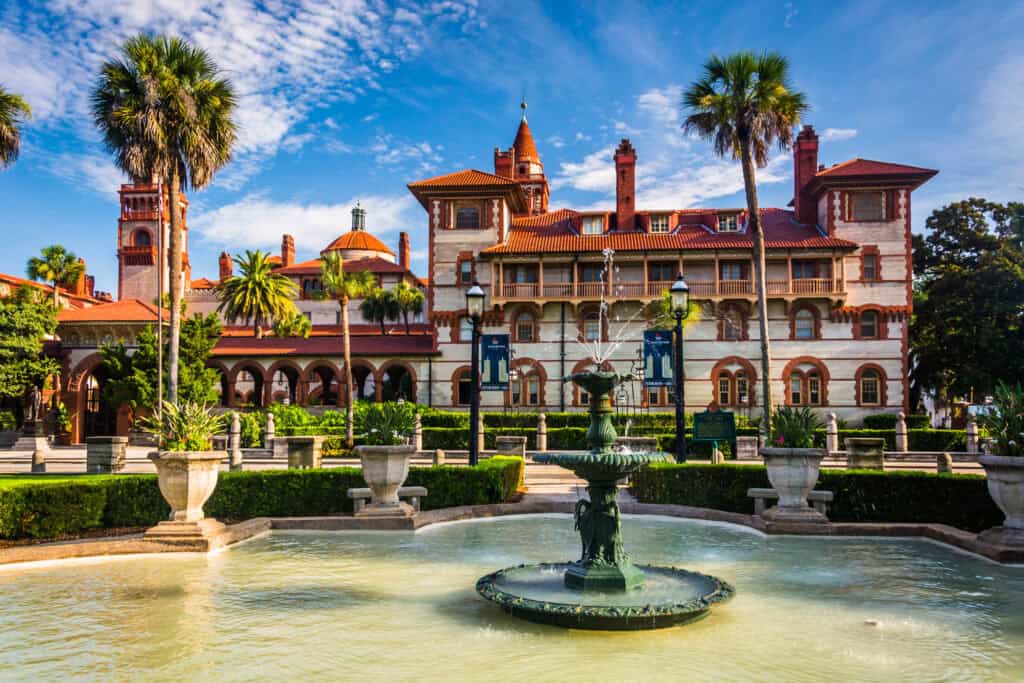
In Lincolnville, the ACCORD Freedom Trail places plaques where diners, motels, and churches hosted strategy sessions that led to the 1964 Civil Rights Act. Footpaths cross quiet streets that once held noisy courage, with photographs and oral histories anchoring the route. The ACCORD museum feels handmade in the best way, detailed and direct. St. Augustine’s Spanish walls and salt air add context without distraction, reminding visitors that change often begins on ordinary corners.
Philadelphia, Pennsylvania
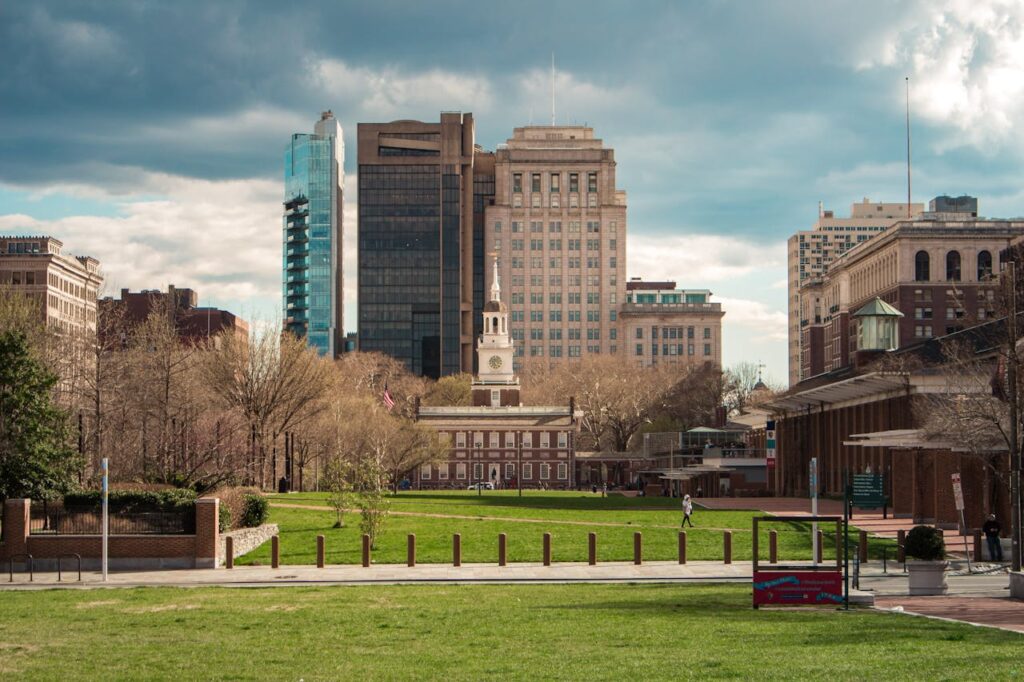
Mother Bethel AME stands on land owned by the congregation since 1794, a fact that reshapes how permanence is understood. The African American Museum in Philadelphia adds art and archives, while the President’s House site details enslaved lives in the shadow of new government. Murals stretch across rowhouse blocks, and Reading Terminal’s counters tie migration to flavor. The city weaves big names with neighborhood memory, showing how citizenship is argued, amended, and sung into being.